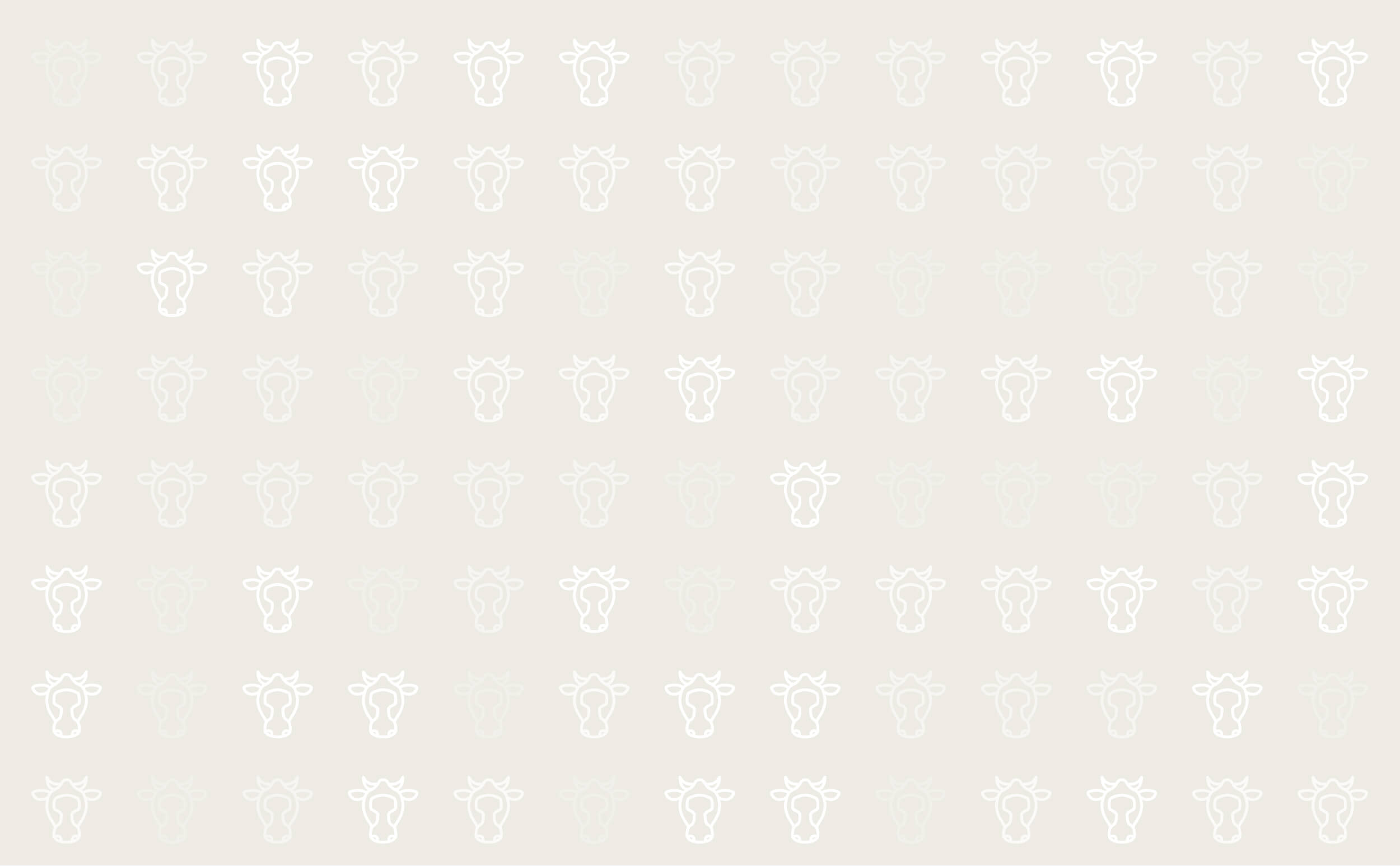



Lead Poisoning
Lead is the most common cause of cattle poisoning. Animals die or perform poorly after accidentally ingesting lead. Gradual poisoning may also occur in areas with heavy industrial pollution.
Cause
Even a small amount of lead can kill cattle. Cattle will readily drink crankcase oil, lick grease from machinery and chew on lead plumbing and batteries. Other frequent causes of poisoning include flaking high lead paint, ash from fires in which lead materials were burnt, lead shot from shooting. The lead in these materials settles in the stomachs of cattle, where stomach acids gradually change the lead into poisonous salts.
Lead causes anemia when it combines with red blood cells and bone marrow. It damages the small blood vessels, causing bleeding, and deprives the nerves, the brain and other organs of oxygen. Lead severely damages the kidney and liver. It also causes sterility, fetal death and abortion.
Lead poisoning is most common among calves because they are curious feeders, and both milk and milk substitutes increase the amount of lead absorbed by calves. Sucking animals can also receive lead in their milk.
Cattle with lead poisoning are not fit for human consumption.
Symptoms
Although clinical signs of poisoning normally precede death, most animals are simply found down or dead on the pasture. Symptoms include:
- Depression
- Loss of appetite
- Occassionally diarhhea
- Apparent blindness
- Odd behaviour including grinding teeth, bobbing head, twitching eyes/ ears
- Frothing at mouth
- Muscle tremors
- Staggers
- Excitable
- Convulsions
Treatment
Cattle that eat lead will likely die. If you suspect lead poisoning in cattle, remove cattle from the affected area immediately. A veterinarian can help confirm the poisoning. The cause should be identified and the risk removed.
Treatment for acute lead poisoning is seldom effective. The disease has usually progressed too far to be treated once clinical signs are seen. Treatment only stops or lessens the clinical signs of lead poisoning and must be begun early if an animal is to be saved.
All treatments should be carried out in accordance
with veterinary advice. Injections of thiamine
hydrochloride (vitamin B1) can reduce the effects
of lead on the central nervous system. Drenching
with small amounts of magnesium sulfate (Epsom
salts) may also help to reduce absorption of lead
from particles held in the reticulum of cattle, sheep
and other ruminants. These relatively low-cost
treatments may improve the survival rate of
clinically affected animals.
More intensive treatment options are available, including injections to increase the rate with which lead is eliminated from the body. However, these options are unlikely to be cost-effective for commercial livestock.
Prevention
There are several steps you can take to protect your cattle and the human food chain from lead contamination. You should:
- check your fields and barns for vehicle batteries, building materials, flaking lead paint, putty, lead flashing;
- remove or fence off fly-tipped material;
- prevent access to burnt out cars and old machinery that might contain lead;
- prevent cattle access to bonfire ash.
On farms with high lead soils, you should:
- keep your cows' soil consumption as low as possible;
- avoid waterlogged land and poached land for grazing;
- avoid overgrazing and maintain adequate sward height;
- fence off bare areas of soil;
- calibrate cutters when making silage to minimise soil uptake;
- flatten any molehills prior to cutting grass for silage;
- provide salt licks and mineral supplements;
- use mains water or tested borehole water rather than natural run-off water from high lead soils.

